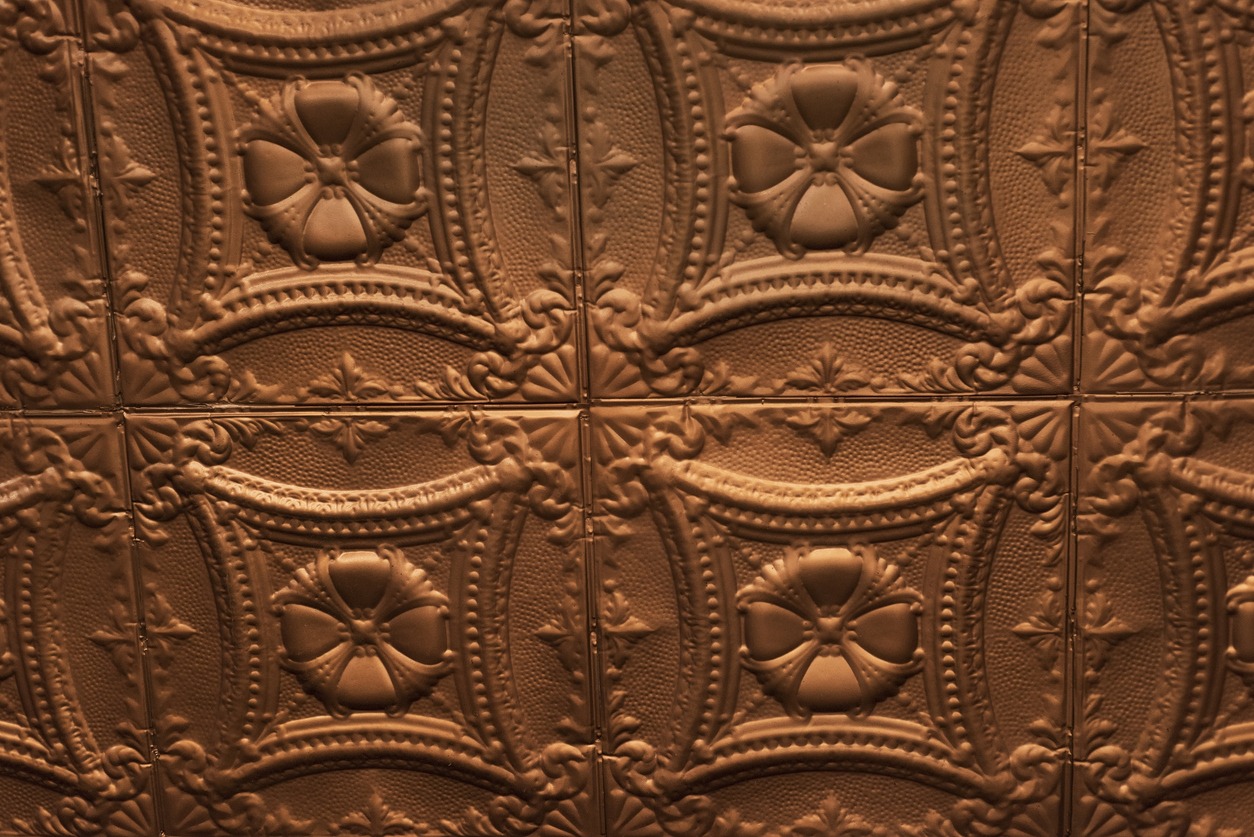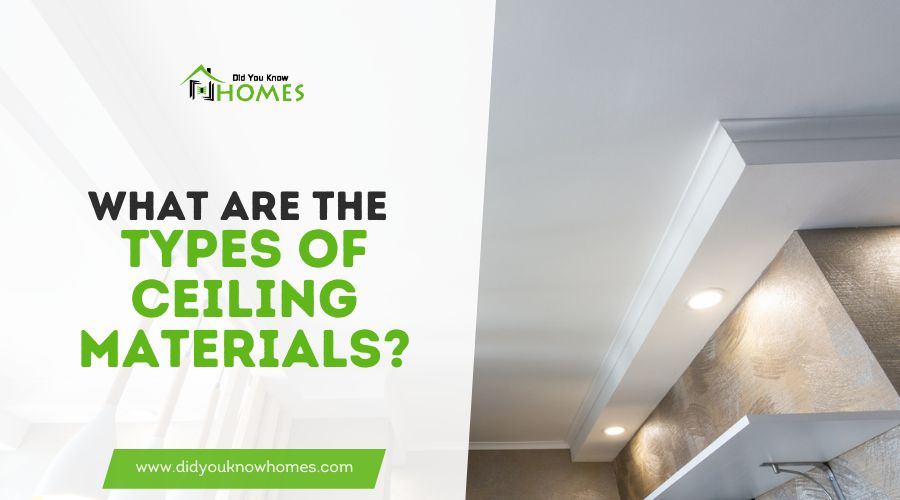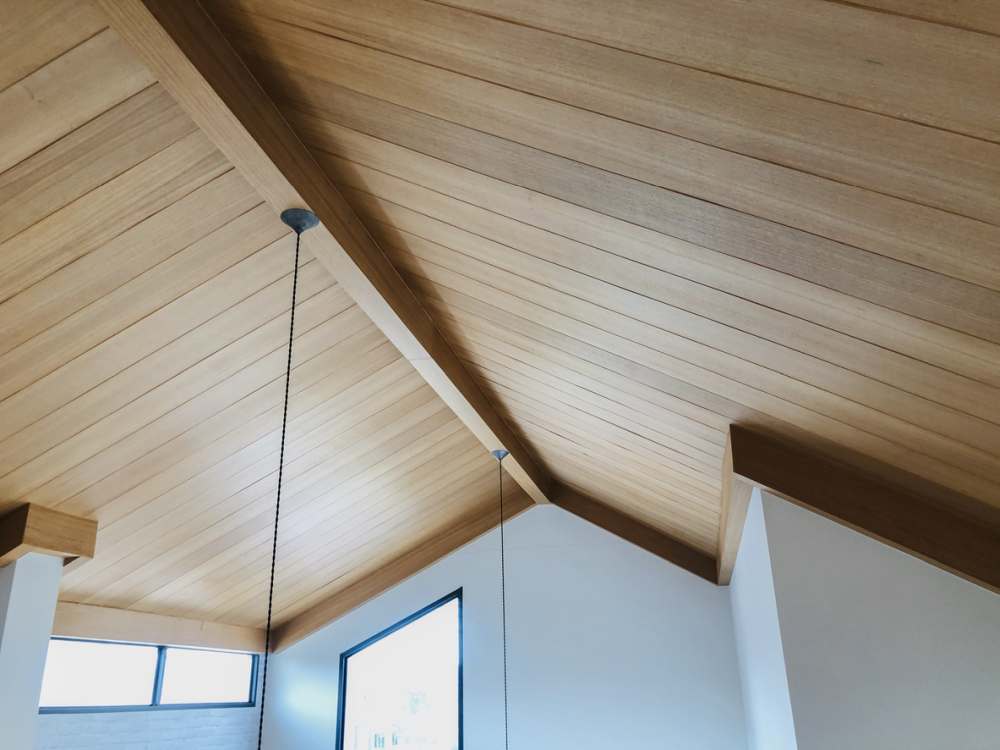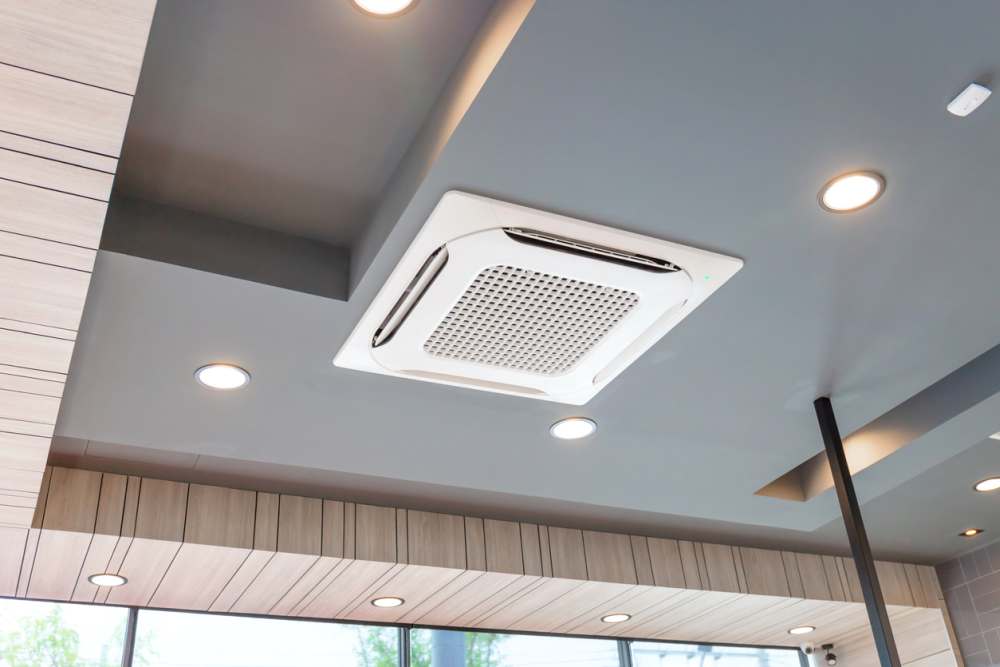Choosing the right material for your ceiling can dramatically transform the look and feel of a room. From traditional plaster to innovative acoustic tiles, the variety of ceiling materials available today offers homeowners and builders endless possibilities for customization and functionality. This article will guide you through the different types of ceiling materials, highlighting their unique characteristics, benefits, and potential applications.
Plaster Ceilings
Plaster is one of the oldest ceiling materials known for its durability and smooth finish. Traditionally, it’s applied wet over lath (a supportive framework) and then allowed to dry, creating a sturdy and seamless surface. Plaster is highly versatile and capable of being molded into various textures and designs, making it ideal for ornate decorations or a classic and smooth look.
It’s particularly favored in historic renovations or where a high-quality, timeless aesthetic is desired. Despite its many advantages, including sound dampening and fire resistance, plaster can be labor-intensive to install and repair, which may contribute to higher costs compared to more modern materials.
Drywall Ceilings
Drywall, also known as gypsum board, is a popular choice for ceilings due to its ease of installation and cost efficiency. Comprising a gypsum core sandwiched between two paper layers, drywall panels are screwed directly to ceiling joists, then taped and mudded to create a smooth, paintable surface.
This material has revolutionized the construction industry, offering a quicker and cleaner alternative to plaster. Drywall is adaptable to various finishes, from paint to wallpaper, and can be easily repaired if damaged. However, it lacks the structural strength and moisture resistance of some other materials, making it less suitable for certain environments without proper treatment.
Acoustic Tile Ceilings
Acoustic ceiling tiles are designed to improve a room’s sound quality by reducing echo and noise levels. Made from fibrous materials that absorb sound, these tiles are commonly used in offices, schools, and commercial spaces where controlling sound is essential.
They are typically installed in a grid system, allowing for easy access to the space above for maintenance or repairs. Acoustic tiles come in a range of styles and finishes, blending functionality with aesthetic appeal. While highly effective in noise reduction, their modular appearance may not suit every design preference and can be more expensive than some alternatives.
Wood Ceilings
Wood ceilings add warmth and natural charm to a space, offering a range of styles from rustic to contemporary. Whether it’s solid wood planks, wood veneer panels, or engineered wood tiles, this material brings a unique texture and depth to ceilings.
Wood can be left natural, stained, or painted, providing versatility to match any decor. It also offers excellent insulation properties. However, wood requires maintenance to prevent warping or rotting over time and can be a more costly option due to material and installation expenses.
Metal Ceilings

Metal ceilings, made from materials like aluminum, tin, or copper, offer a durable and fire-resistant option with a distinctive look. They can be pressed with decorative patterns for a historical feel or left smooth for a modern appearance.
Metal is resistant to moisture and pests, making it suitable for both indoor and outdoor applications. It also reflects light, potentially brightening a room. While metal ceilings can add an industrial or vintage flair to a space, they may require professional installation and can be more expensive than other materials, depending on the metal type and design complexity.
PVC Ceilings
PVC (Polyvinyl Chloride) ceilings are lightweight, water-resistant, and mold-resistant, making them an excellent choice for bathrooms, kitchens, and basements. Available in a wide range of colors and patterns, including designs that mimic wood or metal, PVC ceilings are an affordable alternative for homeowners looking for durability and minimal maintenance.
Fiberglass Ceilings
Fiberglass ceilings are known for their excellent acoustic properties, making them a popular choice in spaces where sound control is a priority. These panels can help to reduce echo and noise levels, and they come in various textures and colors to match different interior designs. Fiberglass is lightweight and relatively easy to install, with the added benefit of being moisture-resistant.
Tips for Choosing a Ceiling Material
When selecting a ceiling material for your space, several factors come into play to ensure you make the best choice for both aesthetics and functionality. Here are some essential tips to consider:
- Consider the Room’s Function: Different rooms may have specific needs based on their use. For example, a bathroom or kitchen will benefit from moisture-resistant materials like PVC or gypsum board designed for high-humidity areas, whereas living spaces may allow for more decorative options like wood panels or coffered ceilings.
- Think About Maintenance: Some ceiling materials require more upkeep than others. Tiles might need regular cleaning to prevent dust buildup, and wood may require treatment to maintain its appearance. Consider how much time and effort you are willing to invest in maintenance when making your choice.
- Assess Installation Requirements: The complexity of installation varies significantly between materials. While some options, like drop ceilings, can be a DIY project, others, such as plaster, may require professional installation. Evaluate your skill level and the cost of professional help before deciding.
- Keep Your Budget in Mind: Costs can fluctuate widely between different ceiling materials, not just in terms of initial purchase but also installation and maintenance. Set a budget beforehand and research which materials offer the best value within your financial constraints.
- Account for Acoustic Properties: If sound insulation is a priority, particularly in multi-story buildings or specific rooms like home theaters, consider materials known for their sound-dampening qualities, such as acoustic tiles or extra-thick drywall.
- Match the Aesthetic of Your Space: The ceiling can significantly impact a room’s overall look and feel. Choose a material that complements your existing décor or helps you achieve the desired aesthetic, whether you’re looking for something modern, traditional, or somewhere in between.
- Evaluate Durability: Some materials are more durable and long-lasting than others. If you’re looking for a ceiling that can withstand the test of time with minimal signs of wear and tear, prioritize materials known for their longevity.
- Consider Environmental Impact: For those concerned about sustainability, there are eco-friendly ceiling materials available, such as recycled tiles or sustainably sourced wood. These options can help reduce your environmental footprint while still meeting your design needs.
By keeping these tips in mind, you can navigate the vast array of ceiling materials available and select the one that best fits your project’s specific requirements, ensuring a successful outcome that looks great and performs well over time.
Conclusion
From the timeless elegance of plaster to the modern efficiency of acoustic tiles, each material offers a unique set of benefits suited to different needs and preferences. By carefully considering factors such as the room’s function, your style preferences, maintenance requirements, and budget, you can select a ceiling material that not only enhances the beauty of your home but also contributes to its functionality and durability.




